| Lot | DESCRIPTION | VALUED PRICE | |
|---|---|---|---|
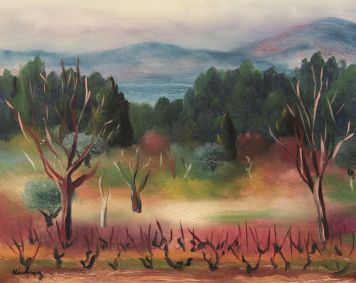
|
|||
| № 51 |

|
Sanary landscape.Author: Kisling Moshe Year: Beginning of the 20th century. Auction № 121 750000-1200000 rub. |
750000-1200000 rub. |
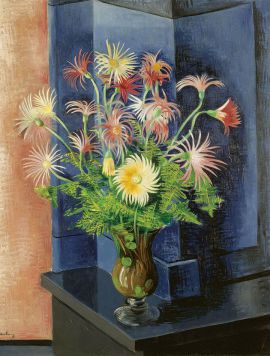
|
|||
| № 52 |

|
Ferns and wildflowers.Author: Kisling Moshe Year: 1932. Auction № 140 4000000-6500000 rub. |
4000000-6500000 rub. |
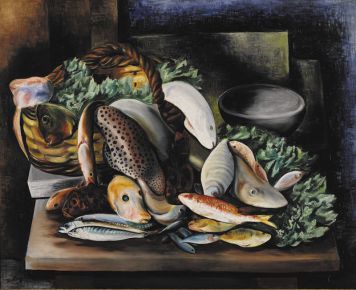
|
|||
| № 75 |

|
Still life with fish.Author: Kisling Moshe Year: 1929. Auction № 131 3200000-4800000 rub. |
3200000-4800000 rub. |
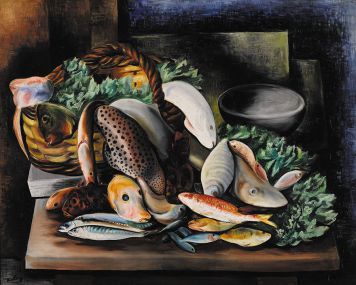
|
|||
| № 96 |

|
Still life with fish.Author: Kisling Moshe Year: 1929. Auction № 136 3000000-5000000 rub. |
3000000-5000000 rub. |
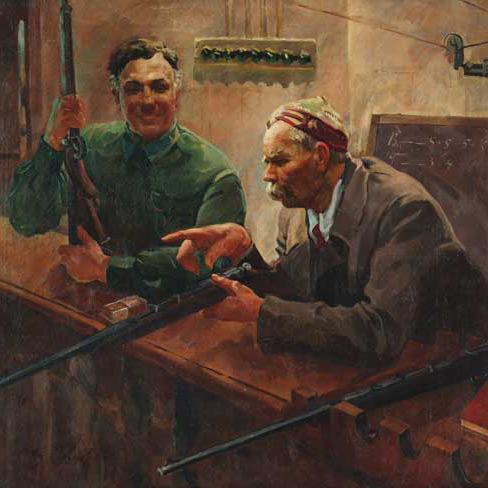
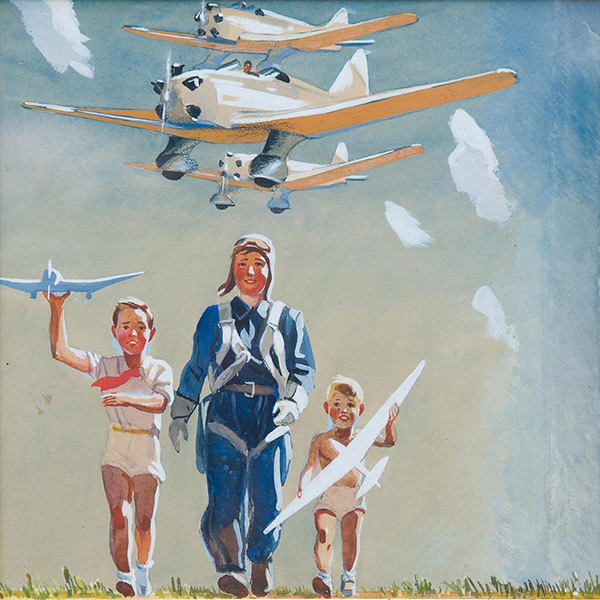
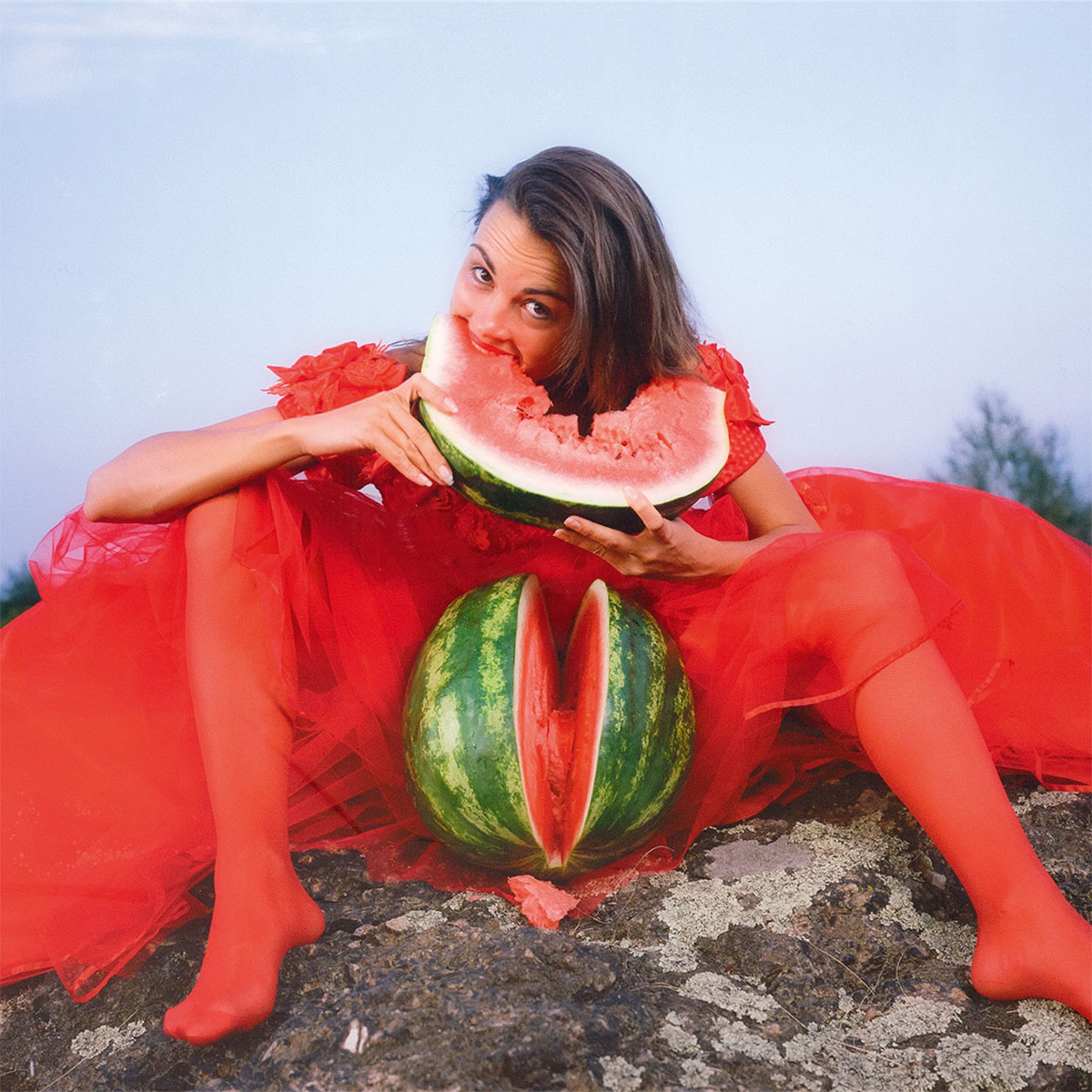
SOVCOM in social networks: